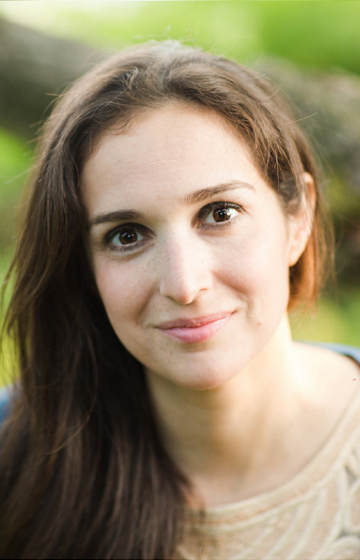Keynote
Keynote 1: From Data to Policy and Back – The Hidden Role of Visualisation in Decision-Making
Dr.Mai Elshehaly - City, University of London
Information visualisation presents countless opportunities for data-driven decision making. We have seen some of these opportunities during the COVID-19 pandemic, when data-centric terminology such as “flattening the curve” was widely adopted and utilised in rationalising and communicating new policies to the public. Despite this communicative power of visualisation, there is a well-documented gap between the sensemaking and insight generation tasks that are well supported by visualisation on one hand and the processes of generating policy alternatives and selecting the most appropriate ones on another. Decision makers have several unmet needs when it comes to using data visualisation to support these processes.
In this talk, I will highlight some of the unmet needs of policymakers, through a series of case studies in population health management. I will explain some of the knowledge gaps that hinder the ability of visualisation (and wider data science) tools to play a significant role in decisions concerning health service planning and commissioning and explore opportunities for visualisation research to tackle these gaps and sustain better connected decision workflows at the systems level.

Bio
Mai designs, develops and evaluates visual analytics workflows to support decision-making.
An Honorary Research Fellow at the Wolfson Centre for Applied Health Research, Mai leads the visualisation research agenda at the Yorkshire and Humber Patient Safety Research Centre. She works closely with colleagues at local authorities and several partner organisations to deliver data literacy to over 30,000 young citizens in Bradford. Mai received a PhD in Computer Science from the Center for Human-Computer Interaction at Virginia Tech, with a focus on scientific data visualisation. Her postdoctoral research experience included NSF- and NIHR-funded fellowships at the University of Maryland, Baltimore County and University of Leeds.
Keynote 2: Capture and Reproduction of Perceptual Reality
Dr. Rafał Mantiuk - University of Cambridge
Today's computer graphics techniques make it possible to create imagery that is hardly distinguishable from photographs. However, a photograph is clearly no match to an actual real-world scene. I argue that the next big challenge is to achieve perceptual realism by creating artificial imagery that would be hard to distinguish from reality. This requires profound changes in the entire imaging pipeline, from acquisition and rendering to display, with a strong focus on visual perception.
In this talk, I will outline the challenges that we need to overcome to reach perceptual realism and will give several examples of solutions that bring us close to that goal. This will include the work on the high-dynamic-range multi-focal stereo display, which let us achieve perceptual parity with the real world - a level of fidelity at which observers confused a real object with its virtual counterpart. I will also talk about visual models and metrics, which let us quantify the results in graphics and control rendering methods.

the University of Cambridge
Bio
Rafał K. Mantiuk is a Professor of Graphics and Displays at the Department of Computer Science and Technology, the University of Cambridge in the United Kingdom. He received PhD from the Max-Planck Institute for Computer Science in Germany. His recent interests focus on computational displays, rendering and imaging algorithms that adapt to human visual performance and deliver the best image quality given limited resources, such as computation time or bandwidth. He contributed to early work on high dynamic range imaging, including quality metrics (HDR-VDP), video compression and tone-mapping.
